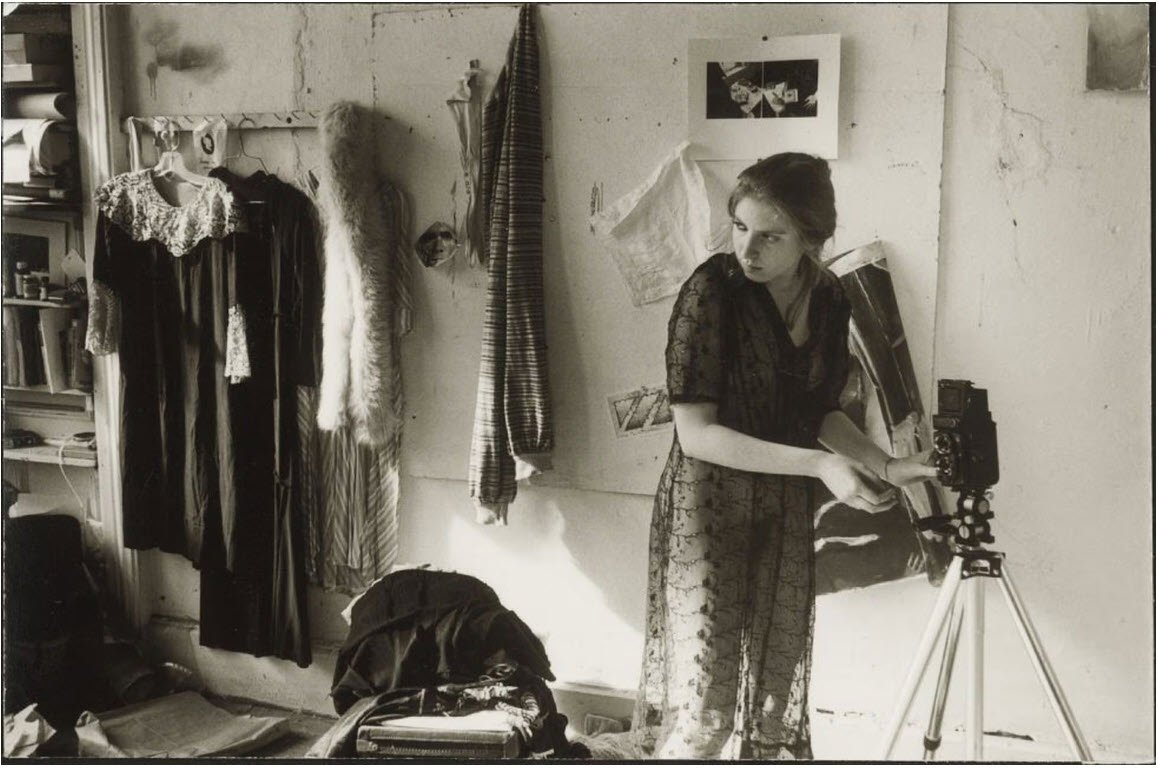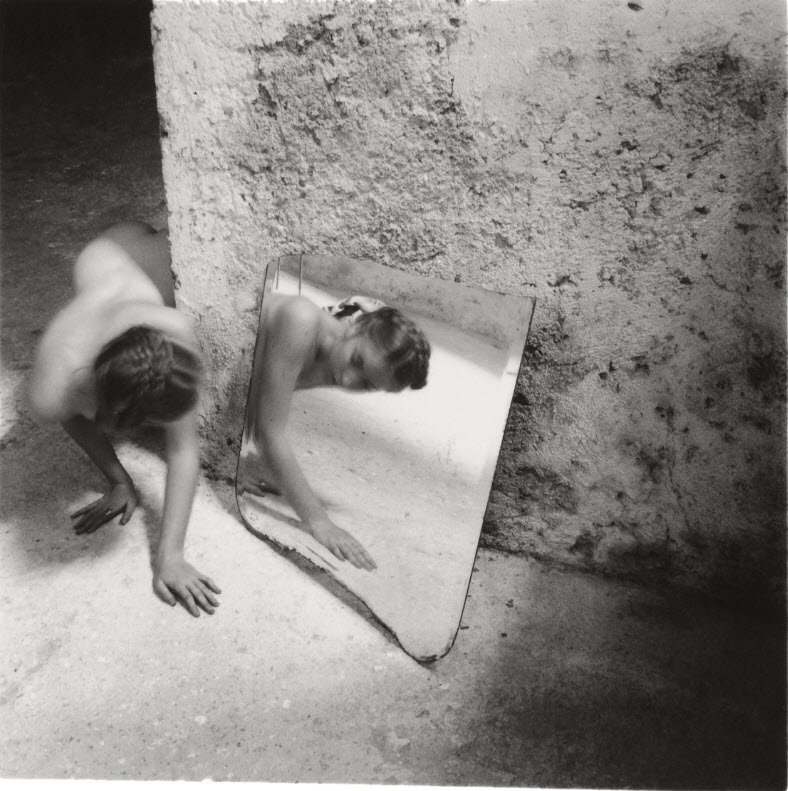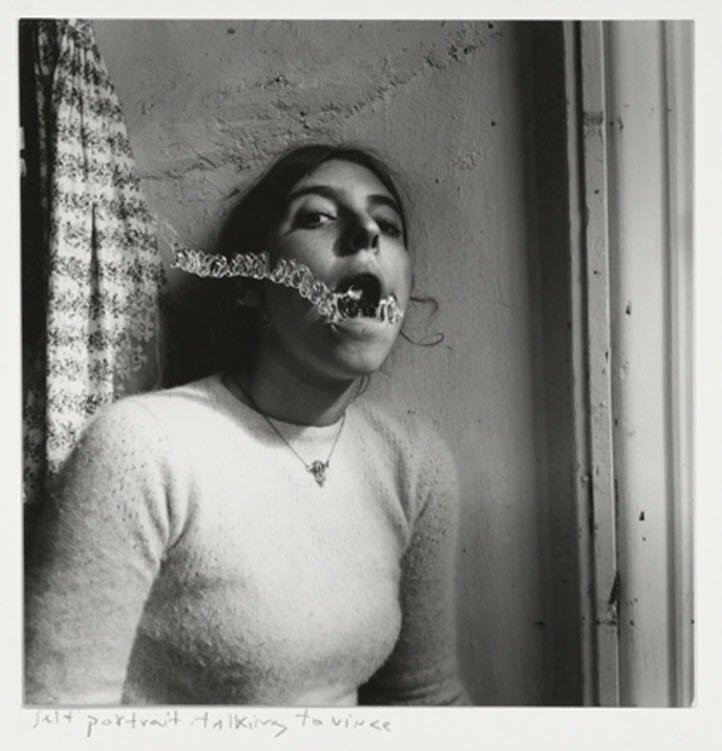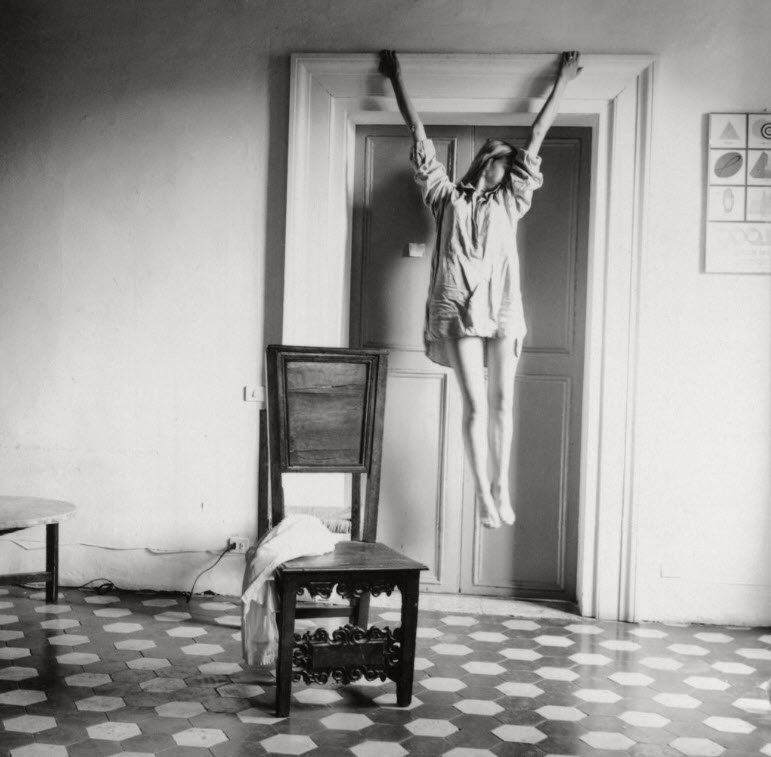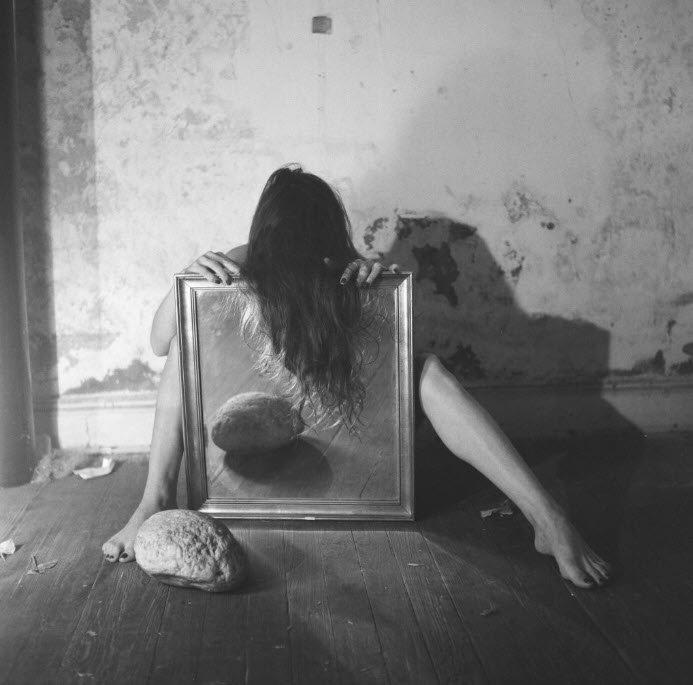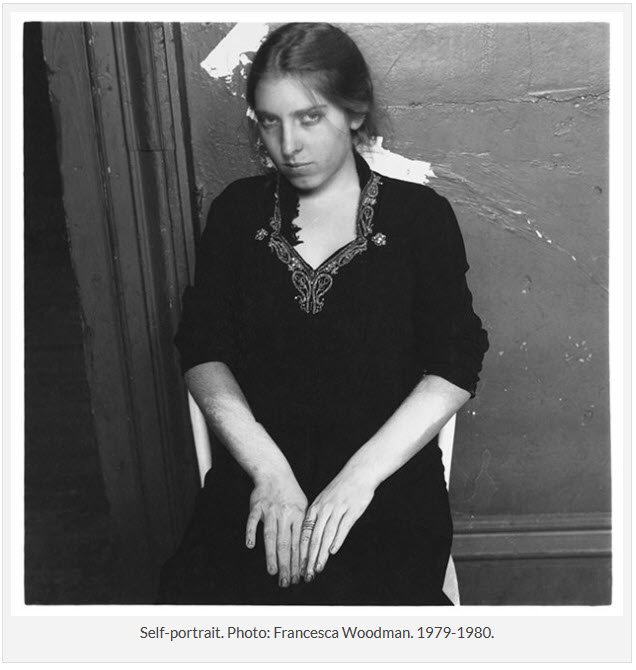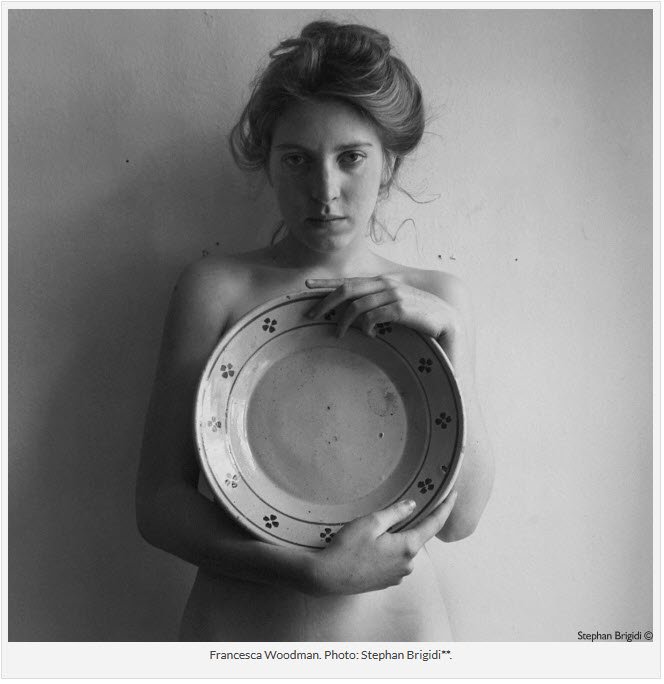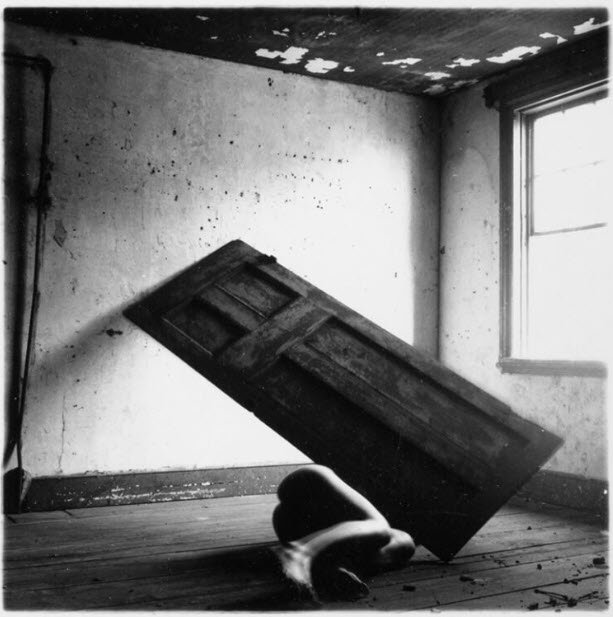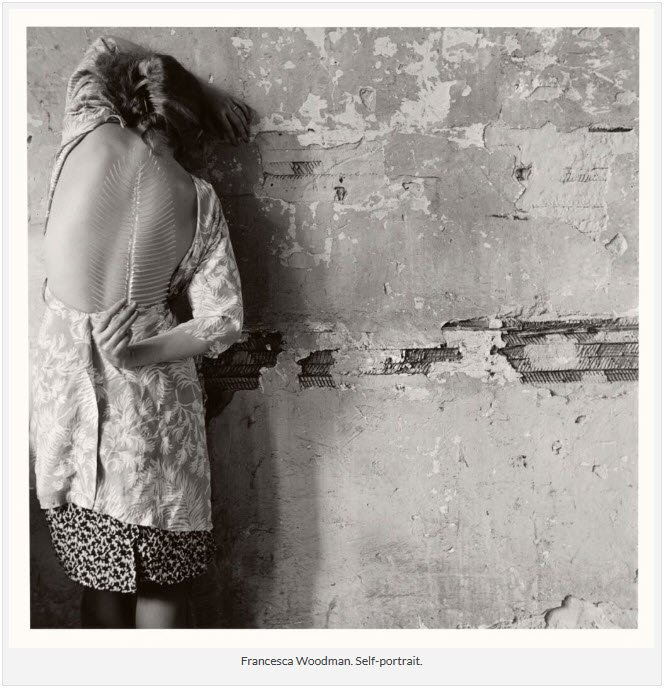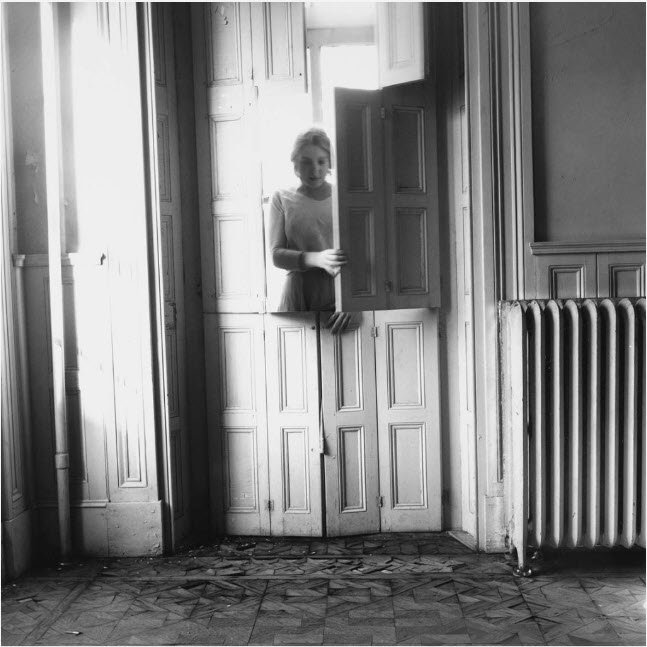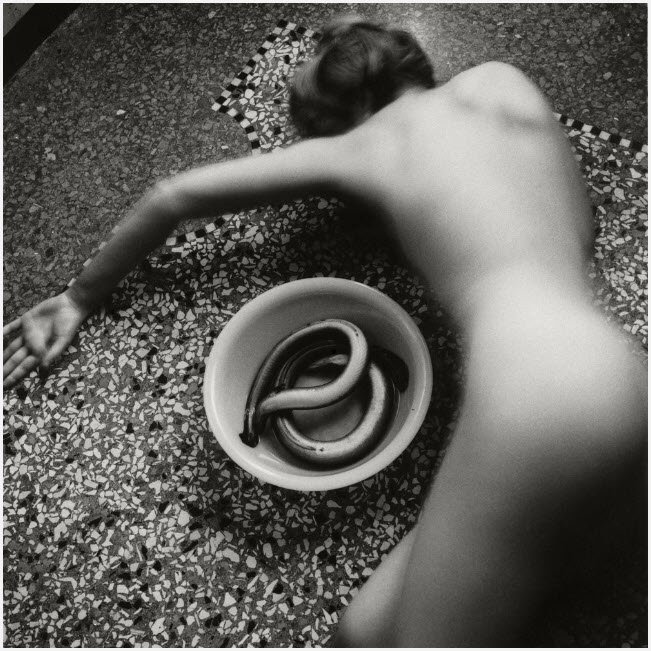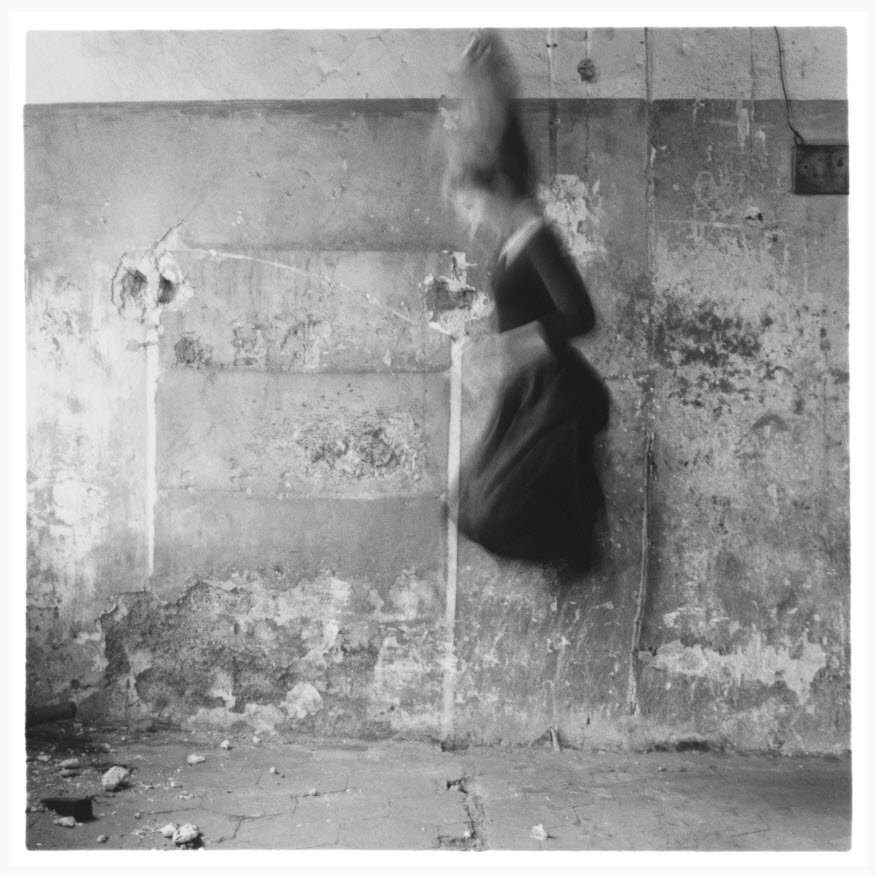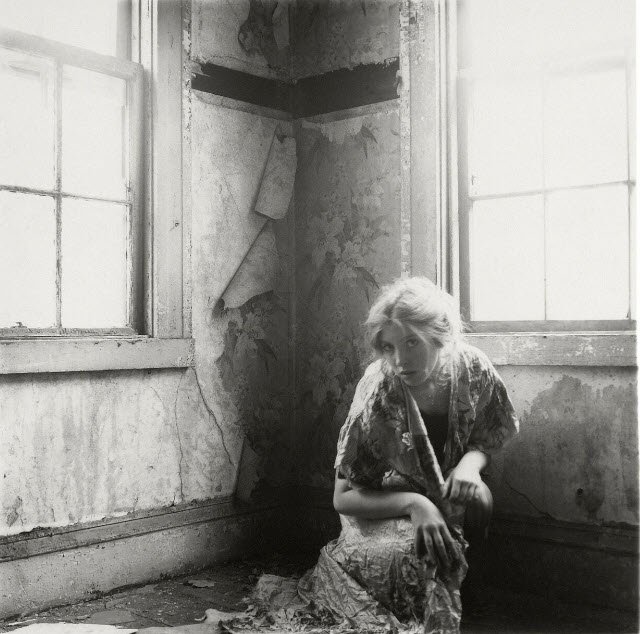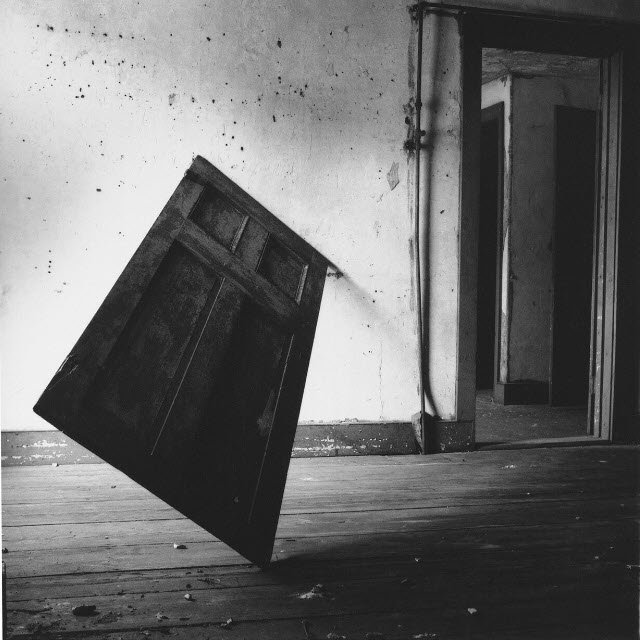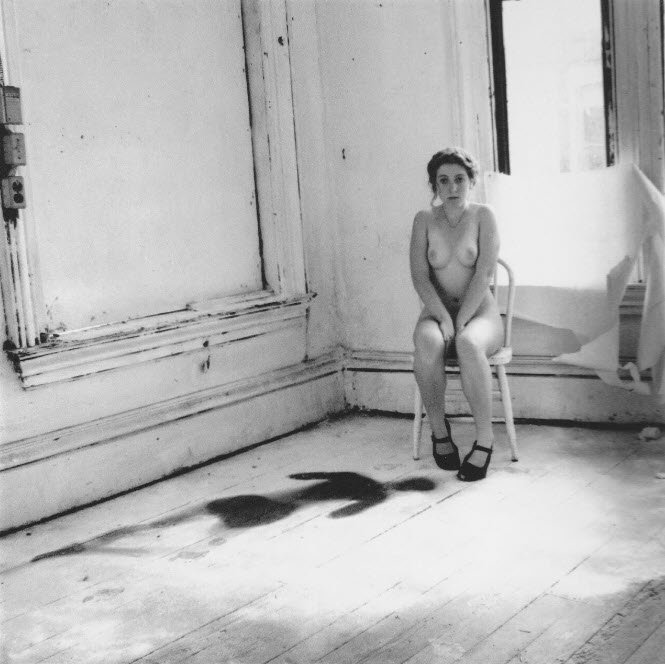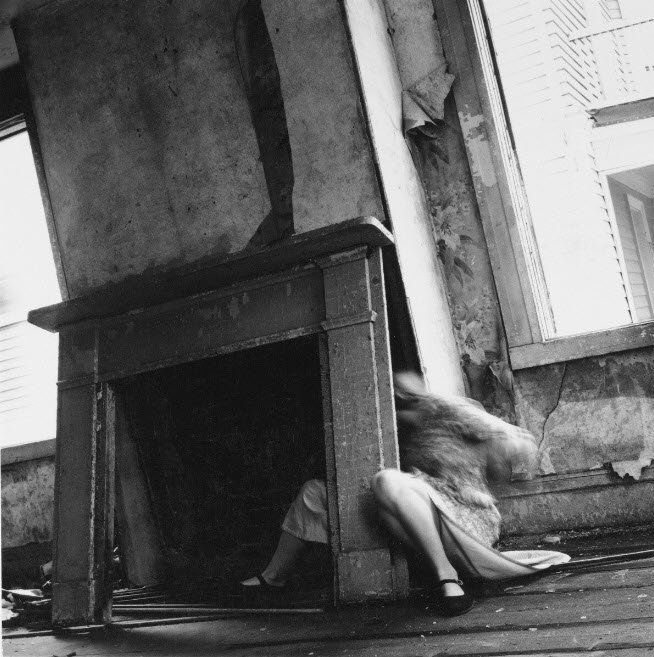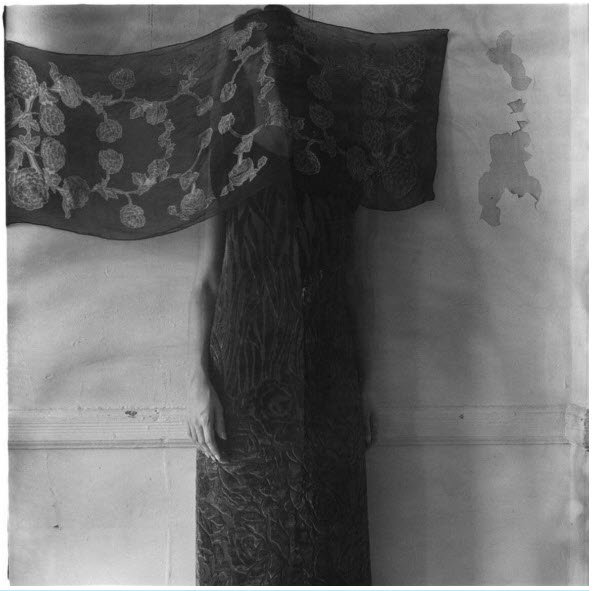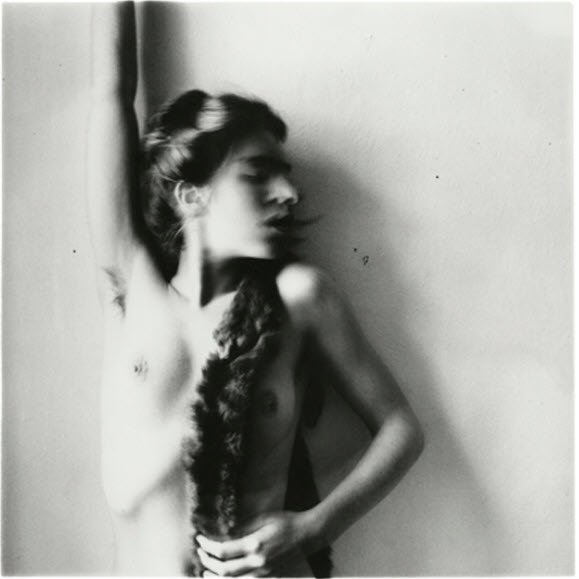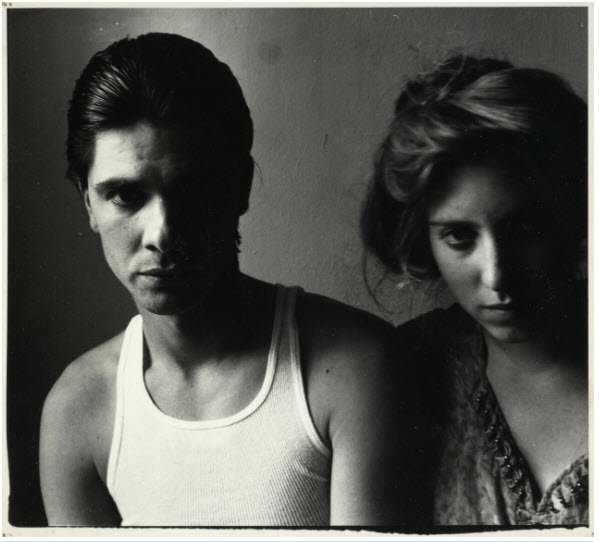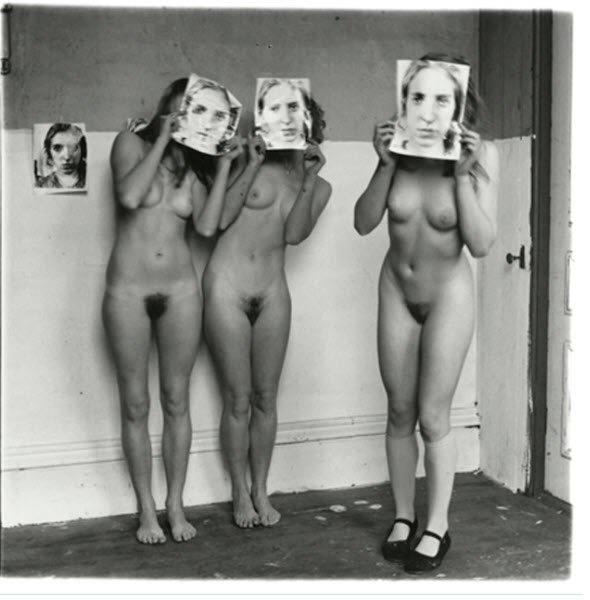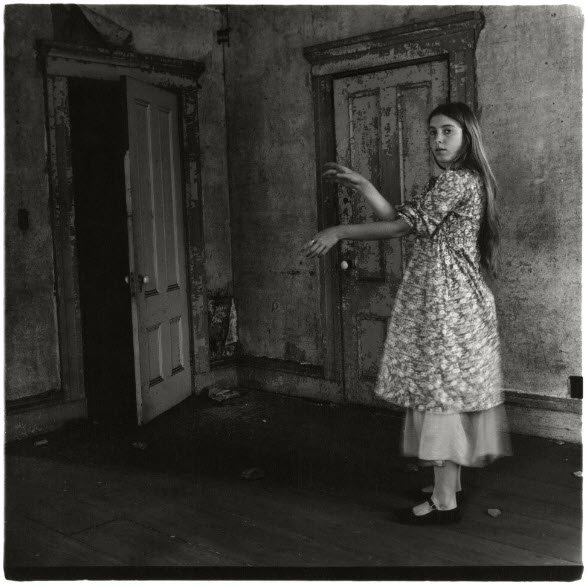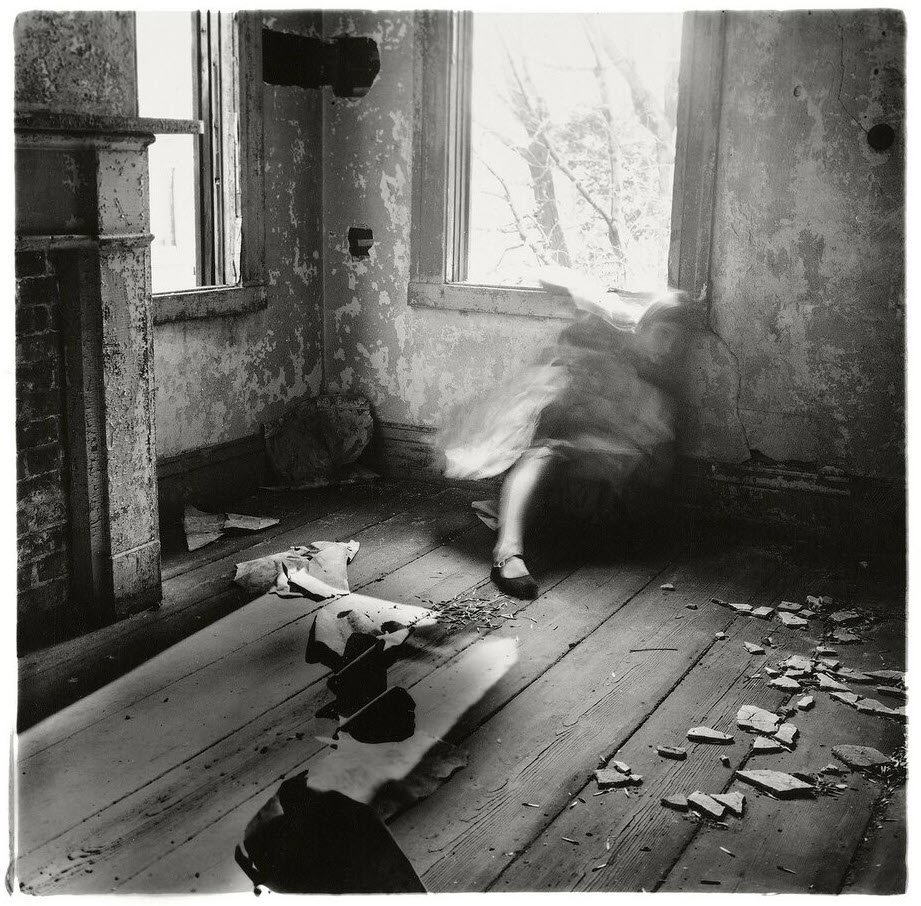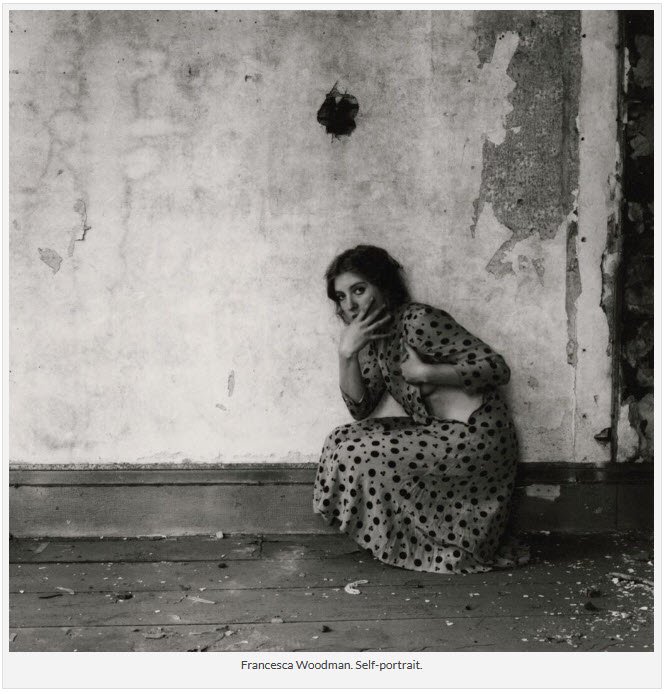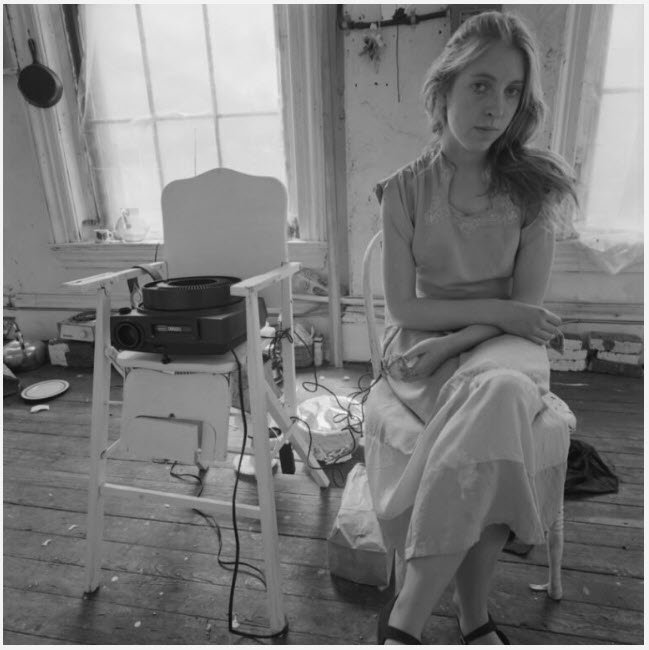in memory of Francesca
Today, I want to shine a light on the remarkable work of Francesca Woodman, a photographer whose life story is as intriguing as her captivating images.
It is only recently that I discovered Francesca’s work via a social-media post and became immediately entranced - not only by her bewitching artistry but by the sad story surrounding her life.
When viewing Francesca’s work, it must be remembered that these images were taken at an earlier time - a time of film that had to be processed before seeing the results of experimentation, a time where prints had to be made in a darkroom to allow the sharing of work. This aspect of her journey makes her accomplishments and creative advancements in the art even more compelling.
“I feel that photographs can either document and record reality or they can offer images as an alternative to everyday life… places for the viewer to dream in.”
About the Artist
Francesca Woodman left an indelible mark on the art world despite her tragically short life. Born in 1958 in Denver, Colorado, she displayed an early interest in the arts and began experimenting with photography during her teenage years. Her work, characterized by its hauntingly surreal and introspective nature, explores themes of identity, femininity, and the body.
Yet, beneath the veneer of artistic brilliance lay a profound struggle with mental illness. Woodman grappled with depression throughout her existence, tragically succumbing to it by taking her own life at the age of 22.
Woodman's photographs often feature herself as the subject, blurred or partially obscured, interacting with her surroundings in ethereal and enigmatic ways. Through her use of long exposure, multiple exposures, and other experimental techniques, she created images that blur the lines between reality and fantasy, inviting viewers into a dreamlike realm where emotions are raw and palpable.
One of Woodman's recurring motifs is the use of abandoned or dilapidated interiors as settings for her photographs. These spaces serve as metaphorical landscapes for the exploration of psychological and emotional states, reflecting feelings of isolation, displacement, and disintegration.
Almost every article written about Francesca Woodman centers around the photographer’s suicide at the age of 22. Her body of work, comprising over 800 images, has always been seen in the context of her tragic life story.
Sadly, Francesca never got to see her creations exhibited within her lifetime. Discovered in 1986, five years after her death, her work has since gained widespread acclaim and recognition, cementing her status as one of the most influential photographers of her generation.
The myth around her persists due to the emotional resonance of her images, the biography of her life, and her untimely death.
Source of inspiration
Despite the deeply personal nature of her work, Francesca's photographs also speak to universal themes of human existence and vulnerability. Looking at her body of work as a whole, there is an overwhelming sense of solitude and loneliness, perhaps reflecting her mental state as she struggled with illness.
Rarely have I experienced such a profound connection to an artist's work; Francesca's photographs strike a deep emotional chord, as though she's offering a glimpse into her soul through the window of her art.
I've always believed that there's added value in art that reflects the essence of the artist, and Francesca's work only strengthens this conviction.
Francesca's enduring legacy should continue to inspire us all to push the boundaries of our creativity and explore the depths of our own experiences through our art. By embracing vulnerability, experimentation, and storytelling, photographers can honor her memory and create images that resonate deeply with audiences around the world.
Artist showcase
As always, I will leave you with a body of favorite works. Hopefully, viewers will have a similar experience to my own and leave with an appreciation of the vulnerable artist Francesca portrays.
Following this, there is a captivating documentary that offers insight into Francesca’s life, as seen through the eyes of those who knew her.
